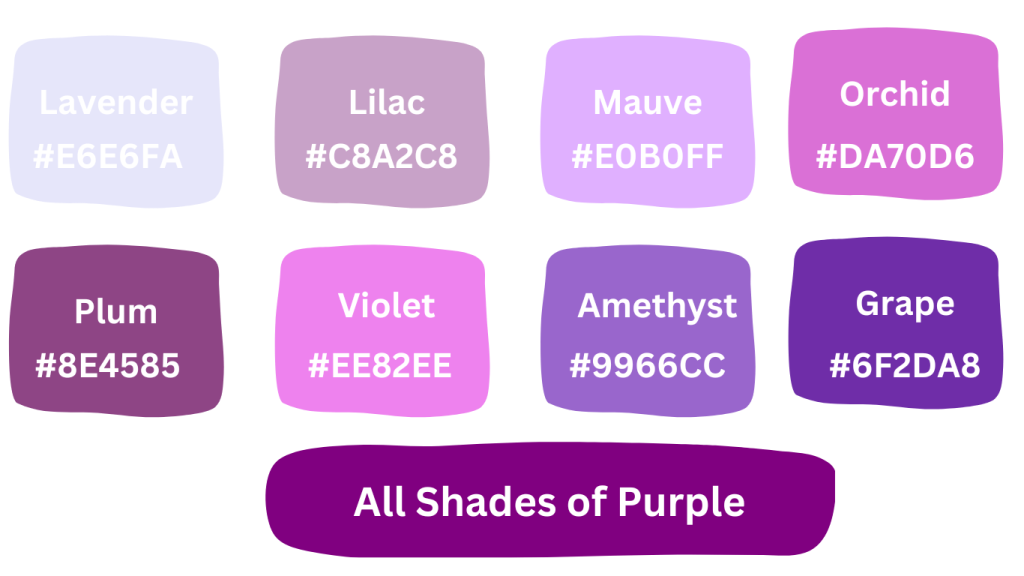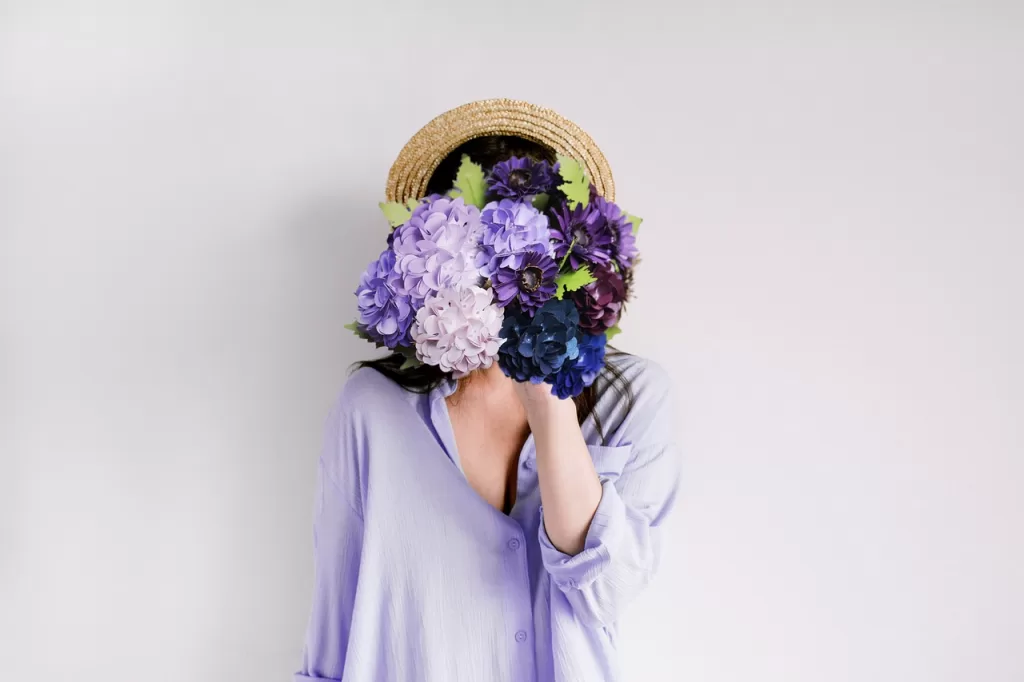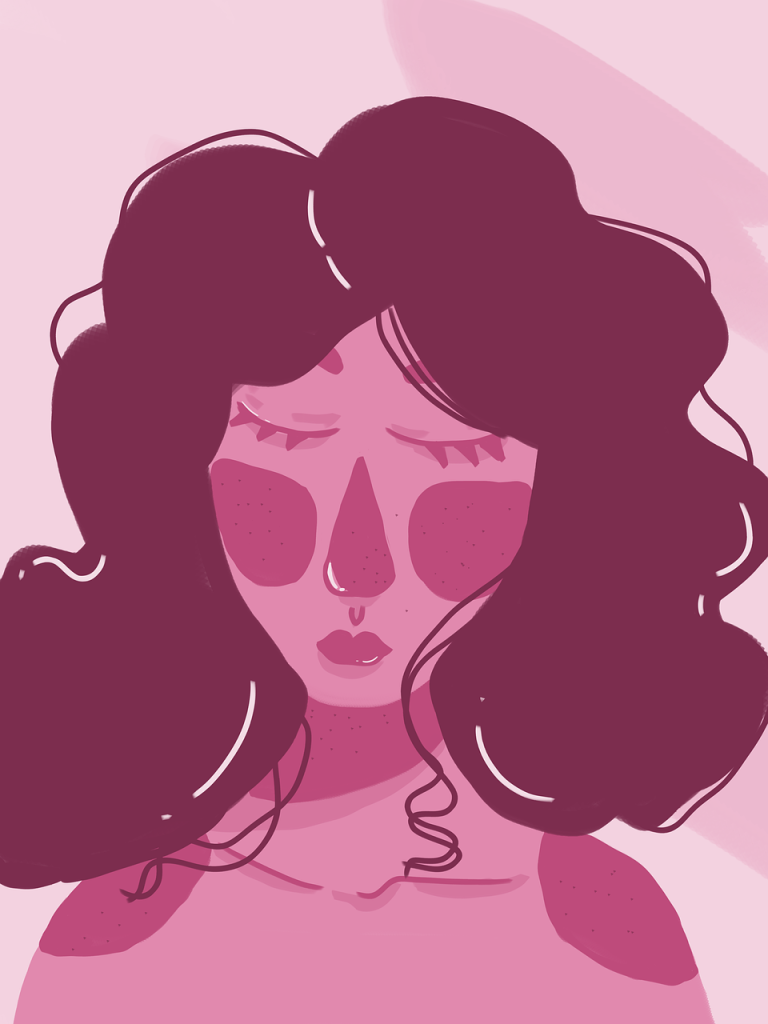
Purple is a color that evokes feelings of luxury and royalty. It’s often associated with power, wealth, and sophistication. It can also be a symbol of creativity and mystery. But with so many shades of purple, which one is right for you? In this article, we’ll discuss the different shades of purple, along with tips on how to choose the perfect hue for your next project.
The Meaning of Purple
Purple is a complex color that has long been associated with royalty and aristocracy. It’s also seen as a color of wisdom and spiritual enlightenment. In modern times, it’s a popular choice for branding or design projects. Depending on the shade, purple can give off different vibes. For example, lighter shades of purple are often seen as calming and serene, while darker tones are associated with power and sophistication.
How Many Different Shades of Purple Are There?
There are many different shades of purple, ranging from light lavenders to deep violets. The number of shades of purple can vary depending on the type of paint or dye used. Generally speaking, there are about 16 to 24 shades of purple, including mauve, lilac, eggplant, lavender, and many more.
Fascinating Finds: Lavender Vs Purple: All the Differences Explained
Creating a Color Palette Using Shades of Purple
When creating a color palette using shades of purple, it’s important to consider what kind of mood or vibe you want to create. Do you want something calming and peaceful? Or maybe something bold and sophisticated? Once you have an idea of what you’re looking for, you can select a few shades of purple that will best convey the feeling you’re going for.
For a subtle and soothing look, try pairing a light lavender with a pale lilac. For a bolder, more dramatic look, mix deep violets and dark eggplants. You can also experiment with different shades of purple to create unique and interesting color combinations.
Tips for Choosing the Right Shade of Purple

When choosing the right shade of purple, it’s important to consider the overall color scheme of your project. If you’re working with a lot of warm colors, like reds and oranges, then you may want to opt for a cooler shade of purple, like a light lavender or mauve. Similarly, if you’re working with a lot of cool colors, like blues and greens, then you may want to select a warmer shade of purple, like a deep violet or eggplant.
It’s also important to consider the size of the project. If you’re working on a large-scale project, like a painting or mural, then it’s best to use a few different shades of purple to create more depth and dimension. On the other hand, if you’re working on a small project, like a logo or business card, then it’s best to stick to one shade of purple to keep things simple.
The Different Shades of Purple
Below is a list of some of the most popular shades of purple, along with descriptions of each one:
Lavender
Lavender is a light, delicate shade of purple that evokes feelings of calmness and tranquility. It’s often associated with femininity and romance. It’s a great choice for projects that need a soft, gentle touch.
Lilac
Lilac is a pale, pastel shade of purple that’s often used to evoke a sense of nostalgia and sweetness. It’s a great choice for projects that need a cheerful, optimistic vibe.
Mauve
Mauve is a muted, dusty shade of purple that’s often used to evoke feelings of sophistication and elegance. It’s a great choice for projects that need a more refined and mature look.
Eggplant
Eggplant is a deep, dark shade of purple that evokes feelings of mystery and power. It’s a great choice for projects that need a bold, striking look.
Violet
Violet is a bright, vibrant shade of purple that’s often used to evoke feelings of creativity and energy. It’s a great choice for projects that need a fun, playful vibe.

Conclusion
Purple is a beautiful and versatile color that can evoke a wide range of emotions. With so many shades of purple to choose from, it can be difficult to know which one is right for you. But by considering the meaning behind each shade and the overall color scheme of your project, you can easily find the perfect hue for your next project.
Different Shades of Purple and Their Hex Codes
| Shade | Hex Code |
|---|---|
| Lavender | #E6E6FA |
| Lilac | #C8A2C8 |
| Mauve | #E0B0FF |
| Orchid | #DA70D6 |
| Plum | #8E4585 |
| Violet | #EE82EE |
| Amethyst | #9966CC |
| Grape | #6F2DA8 |
| Mulberry | #C54B8C |
| Royal Purple | #7851A9 |
| Indigo | #4B0082 |
| Eggplant | #614051 |
| Heather | #B7A8B6 |
| Periwinkle | #CCCCFF |
| Wisteria | #C9A0DC |
| Byzantium | #702963 |
| Heliotrope | #DF73FF |
| Thistle | #D8BFD8 |
| Pansy | #78184A |
| Magenta | #FF00FF |
| Fuchsia | #FF00FF |
| Grapevine | #6A287E |
| Blue-Violet | #8A2BE2 |
| Boysenberry | #873260 |
| Deep Purple | #5A196D |
| Mardi Gras | #880085 |
| Byzantine | #BD33A4 |
| Palatinate Purple | #682860 |
| Mulberry | #920A4E |
| Grape Jam | #6C3461 |
| Purple Heart | #69359C |
| Dark Violet | #9400D3 |
| Electric Purple | #BF00FF |
